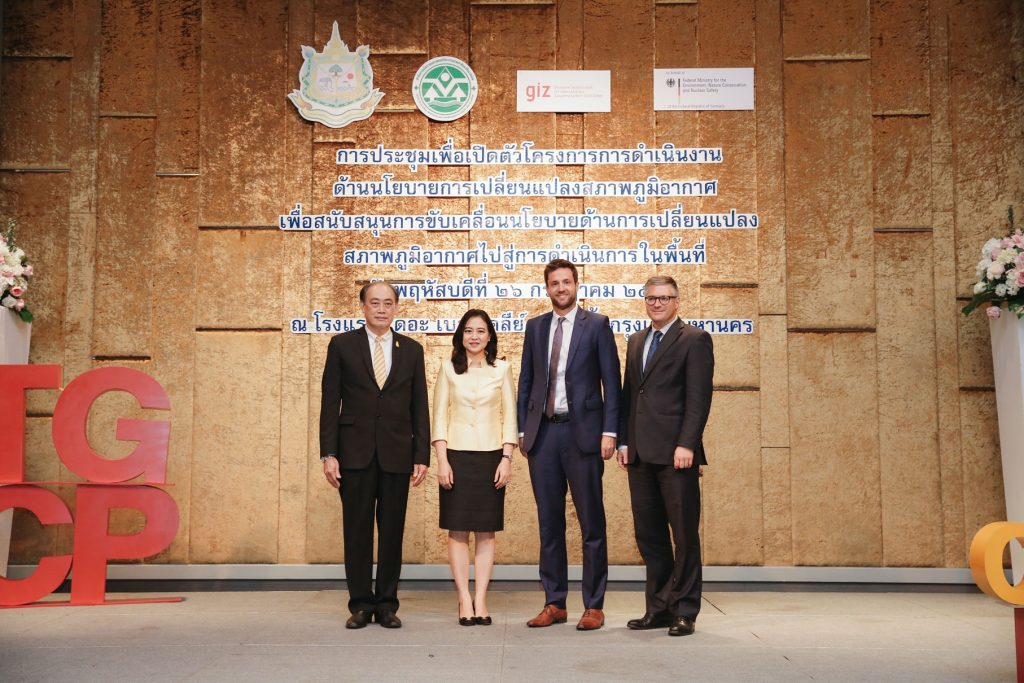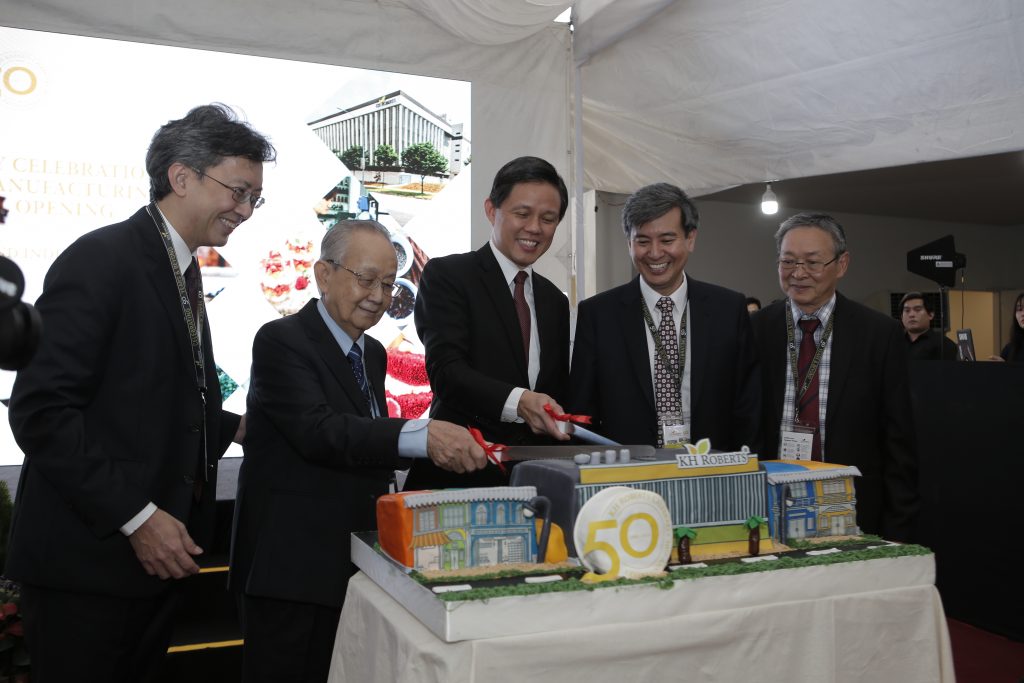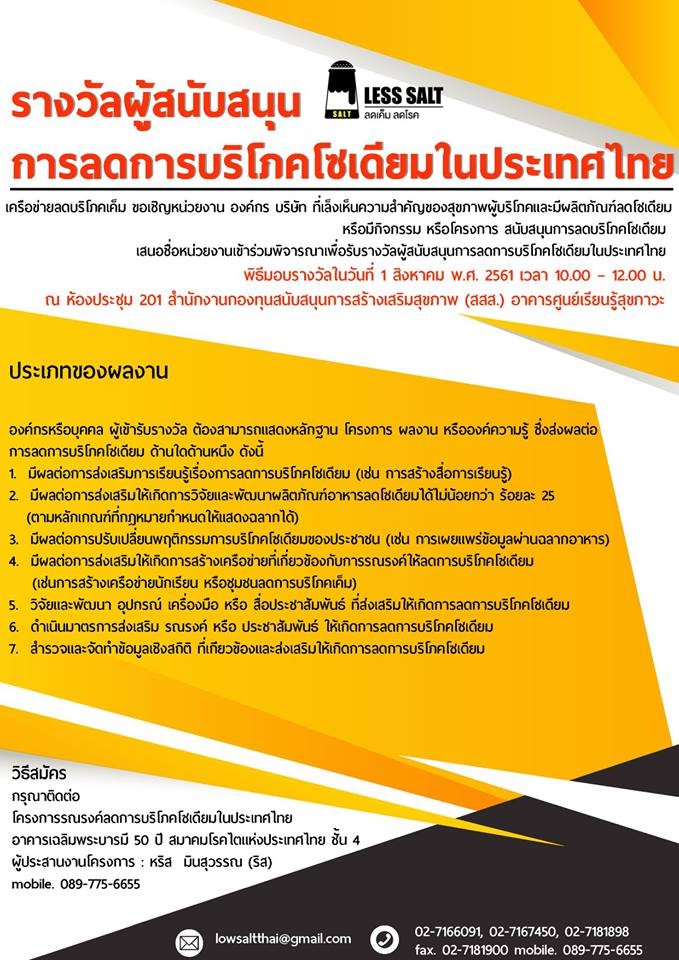กรณีศึกษา:ความร่วมมือของผู้ค้าปลีกและซัพพลายเออร์ด้านการขนส่งสินค้าผักและผลไม้สด
By: Oliver Wyman
www.oliverwyman.com
Fruit Logistica
fruitlogistica@messe-berlin.com
Translated by: กองบรรณาธิการ
นิตยสาร ฟู้ด โฟกัส ไทยแลนด์
Editorial Team
Food Focus Thailand Magazine
editor@foodfocusthailand.com
เมื่อก่อนการซื้อขายสินค้าผักและผลไม้สดระหว่างร้านค้าปลีกและซัพพลายเออร์นั้นมักจะติดต่อซื้อขายกันเองที่หน้าร้านโดยตรง ดำเนินธุรกิจแบบธรรมดาและใช้วิธีการเจรจาตกลงกันเอง การใช้เทคโนโลยีด้านโลจิสติกส์เพื่อการดำเนินธุรกิจให้เป็นไปในรูปแบบเดียวกันบนรากฐานที่แตกต่างกันของผู้ค้าปลีกและซัพพลายเออร์นั้นจะทำให้เกิดการพัฒนาหุ้นส่วนทางยุทธศาสตร์ร่วมกันซึ่งจะเป็นไปตามวัตถุประสงค์ของการสร้างผลประโยชน์โดยสมบูรณ์ ความคาดหวังของพวกเขาจึงอยู่ที่ความพยายามร่วมมือกันครั้งใหม่เพื่อสร้างมูลค่าเพิ่มให้เกิดขึ้นในทุกส่วนของซัพพลายเชนและได้รับผลประโยชน์กันทั้งสองฝ่าย
เมื่อผู้ค้าปลีกและซัพพลายเออร์ได้เคยมีแนวทางการเจรจาต่อรองกันมาอยู่ก่อนแล้ว พวกเขาสามารถสานสัมพันธ์ทางธุรกิจบนพื้นฐานของความไว้วางใจต่อกันได้ เมื่อก้าวเข้าสู่กิจกรรมทางซัพพลายเชนจึงสามารถสร้างความเชื่อมั่นซึ่งกันและกัน โดยทั้งสองฝ่ายต่างจะได้แสดงทัศนวิสัยทางธุรกิจตั้งแต่ต้นจนจบกระบวนการอย่างเต็มรูปแบบ ซึ่งกิจกรรมทางซัพพลายเชนเหล่านี้จะทำให้ผู้ค้าปลีกและซัพพลายเออร์สามารถทำงานร่วมกันเพื่อวิเคราะห์หาจุดที่ไม่มีประสิทธิภาพและหาทางแก้ไขให้ถูกต้องที่สาเหตุได้
ผลลัพธ์ที่เกิดขึ้นยังทำให้ผู้ค้าปลีกได้ลดเวลาสูญเปล่าในขั้นตอนการสั่งซื้อสินค้าโดยการส่งคำสั่งซื้ออย่างมีขอบเขตได้ล่วงหน้า ดังนั้น ข้อมูลการสั่งซื้อสินค้าล่วงหน้าจากผู้ค้าปลีกจึงถูกใช้เป็นตัวกำหนดของซัพพลายเออร์ในการแสดงข้อมูลและดำเนินการส่งสินค้าได้อย่างต่อเนื่อง การประเมินปริมาณสินค้าล่วงหน้านี้ก็เพื่อให้การดำเนินงานในขั้นตอนต่อไปมีความแน่นอนมากยิ่งขึ้น
In the past, the relationship between retailers and fresh produce suppliers has often been
confrontational, shaped by regular and tough negotiations. Taking the opportunity to place
one such relationship on a different footing, two businesses – a retailer and a supplier – jointly developed a strategic partnership with the objective of producing mutual benefits. Their hope was that this new, collaborative effort would create additional value all along the supply chain, with both partners benefiting.
Once the retailer and supplier had set aside their long tradition of negotiation, they were able
to start the process of building a relationship based on trust. They set out on this journey by
first ensuring full, end-to-end visibility across both partners’ businesses when it came to all
of their supply chain activities. This enabled them to work together to detect where the
existing inefficiencies were located, and then to systematically correct the root causes.
As a result, the retailer has reduced idle times in the ordering process by transmitting orders
marginally earlier, so they can be factored into the supplier’s earlier pick-and-pack iteration.
Volume forecasts are now being shared early in the process to bring forward certain process
steps.








